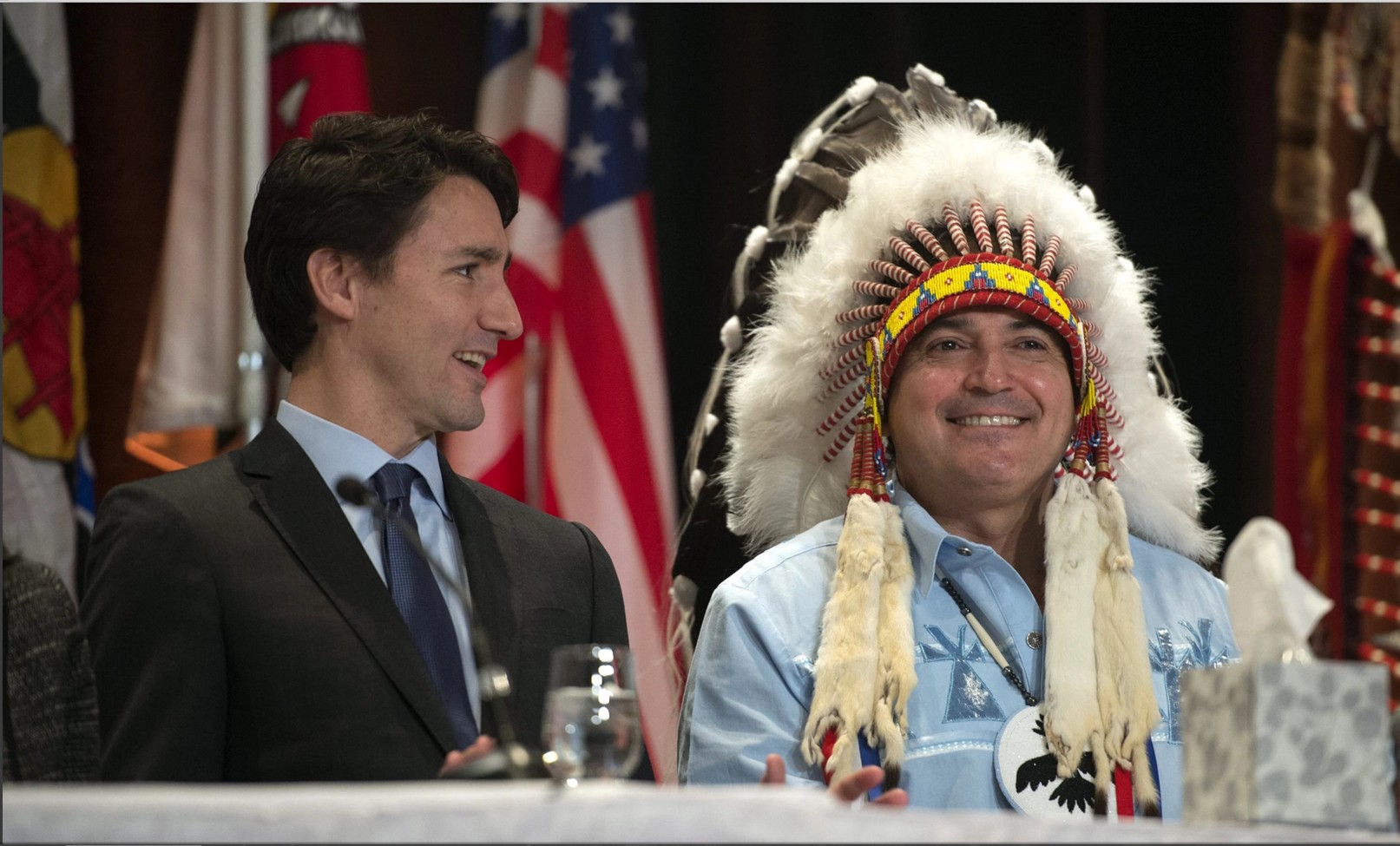Article
Abalone
Abalone (Haliotis), genus of primitive marine gastropod molluscs with over 70 species worldwide. There are 2 species in Canada. The pinto abalone (Haliotis kamtschatkana) also known as the Japanese or northern ear shell, is found along the entire BC coast.











